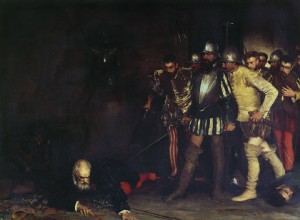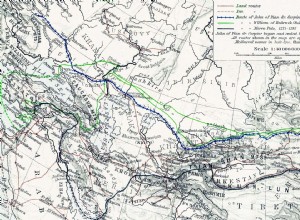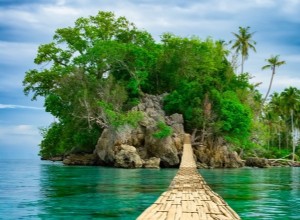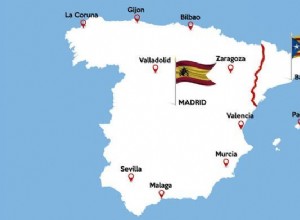After the execution in 1538 of the marshal, advance and Governor of Nueva Toledo, Diego de Almagro , at the end of the so-called War of Las Salinas, which pitted him against his old partner, Francisco Pizarro , his brother, Hernando, went to court, where he would be tried and sentenced, while his




